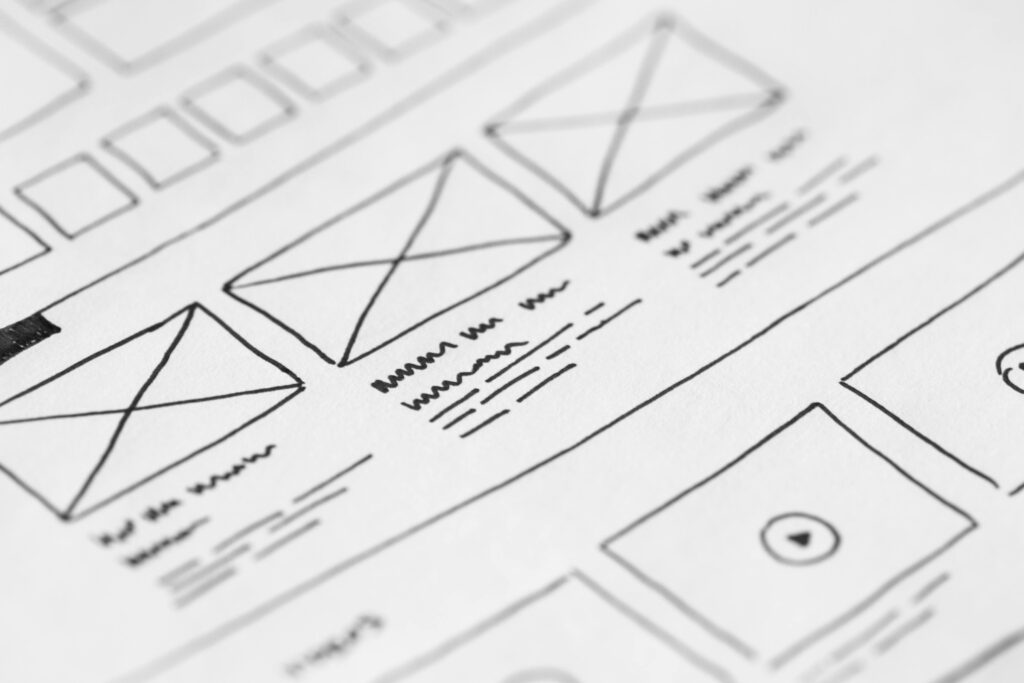3D ANIMATION – Professional Visual Solutions for Scientific Communication
The Impact of 3D Animations in Science
Power Pharma and Biotech Industry: In the pharmaceutical and biotech industries, 3D animations play a critical role in visualizing drug mechanisms, demonstrating the efficacy of new therapies, and explaining complex biotechnological processes. For startups, high-quality animations can enhance presentations during investment rounds, making it easier to convey the potential of innovative solutions to investors. By clearly illustrating product benefits and market differentiation, 3D animations can significantly improve the chances of securing funding and support for new ventures.
Supporting Research Communication: In research, 3D animations enable scientists to visualize complex data and dynamic processes, providing an immersive way to present findings that are often difficult to explain using traditional methods. These animations serve as powerful tools for illustrating intricate mechanisms, spatial relationships, and changes over time, enhancing the clarity and effectiveness of research presentations.
Enhancing Education: 3D animations bring scientific concepts to life, making abstract ideas more tangible and easier to understand in both classroom and online learning environments. By showcasing phenomena in three dimensions, they help students grasp challenging topics, such as molecular structures or astronomical events, fostering deeper comprehension and engagement.
Driving Public Awareness: 3D animations are essential for communicating scientific issues to the general public. Their visual appeal and interactivity make complex information more accessible and engaging, supporting public campaigns aimed at raising awareness about important scientific topics. Additionally, their dynamic nature allows for easy sharing on social media, effectively amplifying outreach efforts.
3D Benefits: Immersive and Engaging Solutions
3D animations offer an immersive viewing experience that captivates audiences while delivering high-quality visuals. Although they may require a greater investment than 2D animations, the depth and interactivity they provide can justify the costs. Their adaptability allows for tailored content that can resonate with diverse audiences, from children to experienced professionals, by adjusting the level of detail and interactivity to suit various learning preferences.
Unlocking the Path to 3D Animation Success
The 3D animation process is an exciting journey that brings your scientific concepts to life through dynamic visual storytelling. Below, you’ll find a detailed breakdown of each stage, outlining the workflow from initial concept to final delivery. This collaborative approach allows your insights to shape our creative direction, ensuring the final product truly reflects your vision and connects with your audience.
1. Briefing & Script
Every project begins with a kickoff meeting to understand your story, objectives, target audience, budget, and branding guidelines. My goal is to identify key information, clarify your needs, and pinpoint communication challenges. In this initial meeting, it is recommended to bring any resources and references relevant to my understanding, along with a draft script of what you want to convey. With all this information, I will conduct initial research to grasp the details of your project to make a final script. Finally, if you have any aesthetic or style preferences, please communicate them so I can implement them according to the project’s needs.


2. Storyboard
In the storyboard phase, I create a visual representation of the script by sketching key scenes and actions. This storyboard acts as a blueprint for the animation, illustrating the sequence of events and helping to visualize the flow of the story. During this phase, we collaborate to evaluate the storyboard, identifying effective aspects and determining which parts may need further development to achieve your goals. We will also explore potential styles and visual solutions to enhance the overall narrative.
3. Visualization
Visualization involves modeling and designing the scientific elements, environments, and props essential for the animation. I create 3D representations and apply textures and lighting to enhance realism. In this stage, I also develop high-resolution style frames that capture the intended mood and aesthetic of the animation during the key moments defined in the storyboard, ensuring that the visual elements resonate with your original concept and target audience.
4. Animation
In the animation stage, I create the in-between frames to ensure smooth transitions, effectively bringing the story to life through movement and expressions. I produce a rough-cut animation to establish timing, motion, rhythm, and flow. This draft, which uses lower resolution, includes the animation with preliminary voiceover, music, sound editing, and the required text and infographic elements. This serves as a guide for how the final animation will come together, allowing you to provide feedback. Once the motion is confirmed, I proceed with the final touches in post-production to make the animation shine.
5. Final Delivery
Once finalized, the animation is exported in the required formats and delivered for your feedback to ensure it meets your expectations. After confirmation, you will receive your new scientific animation, ready to be used and shared!
If you have any questions or need further clarification, please feel free to reach out!
FAQs
Choosing Between 2D and 3D Animation?
Selecting the right animation type depends on various factors:
- Purpose: 3D works well for detailed and realistic visuals needed in teaching or research, while 2D is more suitable for simpler illustrations that introduce or summarize key points.
- Project Complexity: For quick, straightforward projects, 2D is ideal. Complex projects that require realistic visuals may benefit from 3D.
- Budget: 2D animation is more budget-friendly, while 3D can offer a higher-quality appearance for a larger investment.
- Timeline: When time is limited, 2D animations are faster to produce. For projects with a more flexible schedule, 3D can deliver more visually impressive results.
- Audience: 3D is suitable for adults and professionals familiar with realistic visuals, while 2D is more accessible for children or audiences with less specialized knowledge. However, both techniques can be versatile in terms of style and level of detail.
Ultimately, the best choice aligns with your project’s budget, timeline, and objectives, ensuring practicality over flashiness.
How Long is a Typical Scientific Animation?
The sweet spot for animations aimed at healthcare providers is typically 1.5 to 2 minutes. While the average duration for scientific animations ranges from 2 to 4 minutes, shorter animations effectively convey key messages without losing viewer interest or straining production budgets.
Flexible Sound Production and Collaborative Voice-Over Services
I oversee all aspects of sound editing and secure the necessary licensing for background music and sound effects. For narration, I collaborate with a network of professional voice-over artists. However, if you prefer to manage the sound production independently, you only need to provide the recorded audio for final editing.
